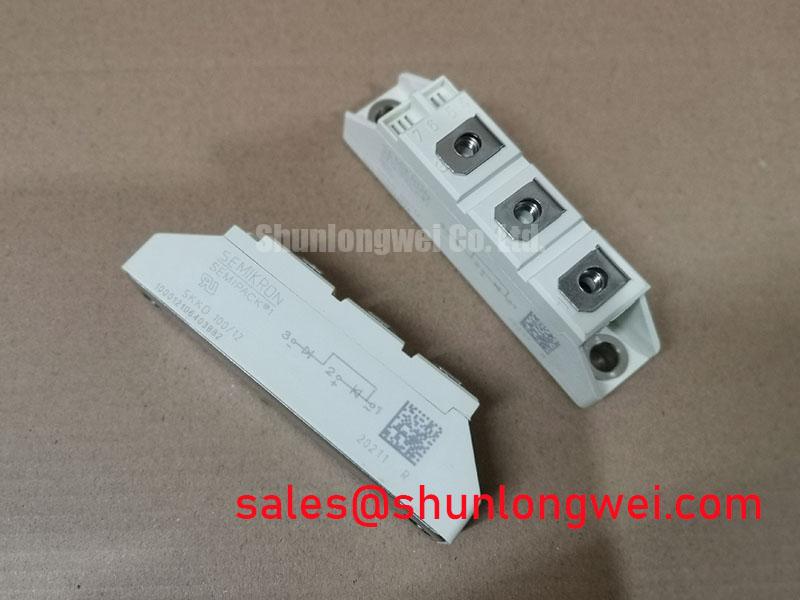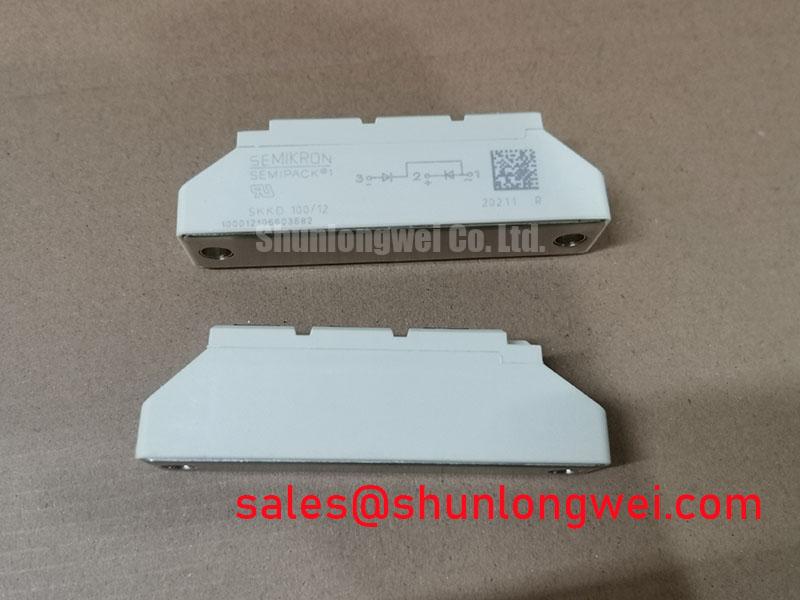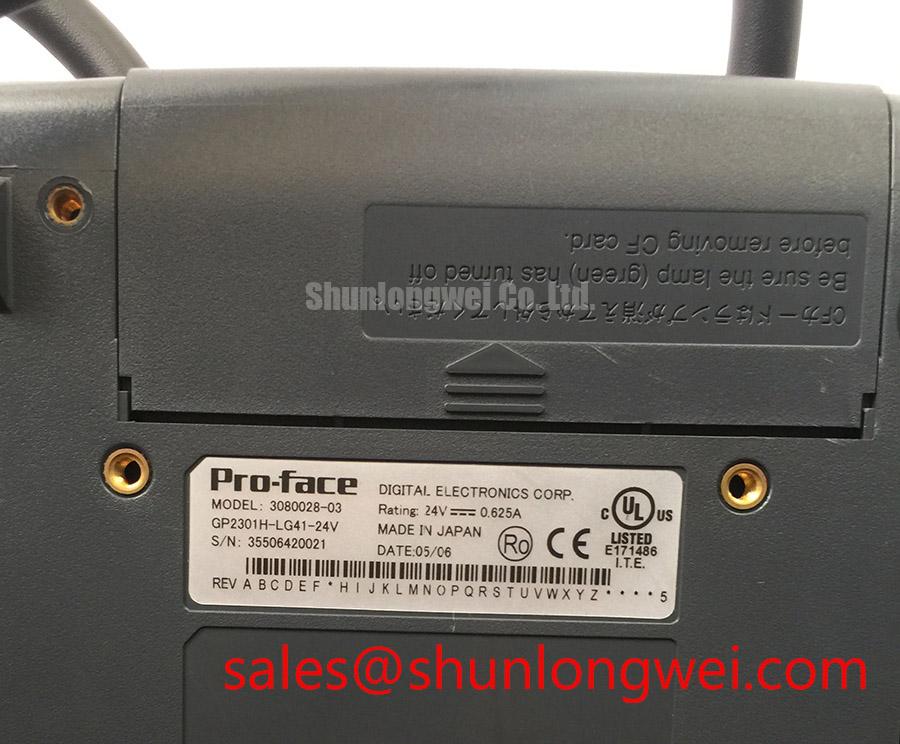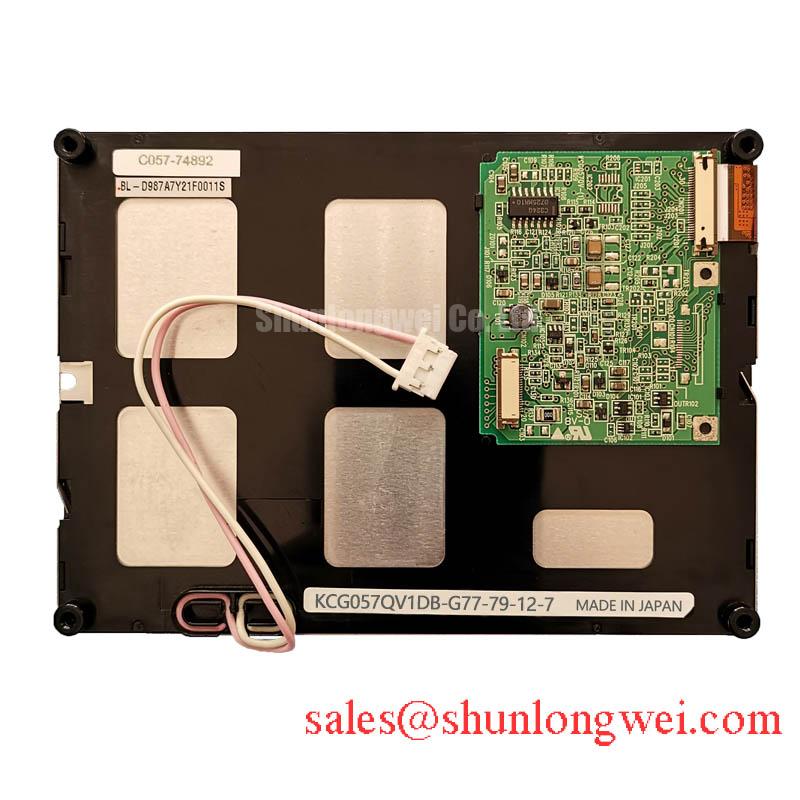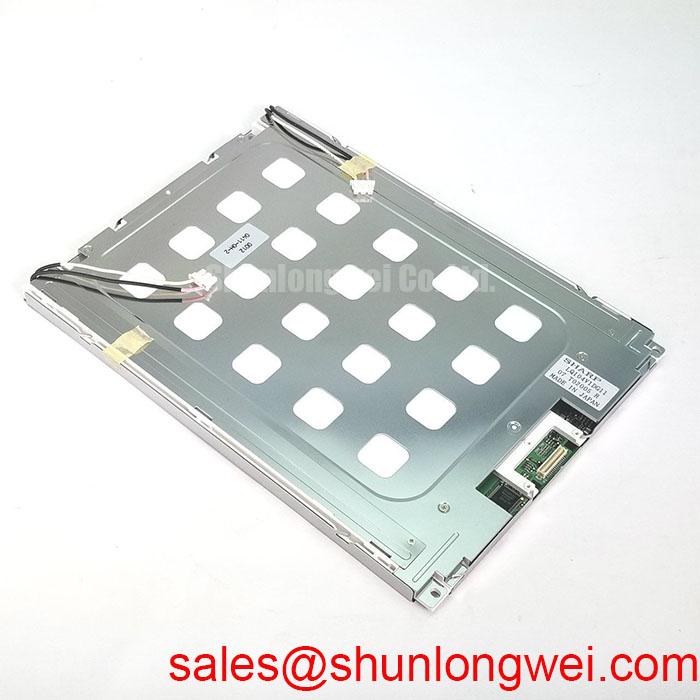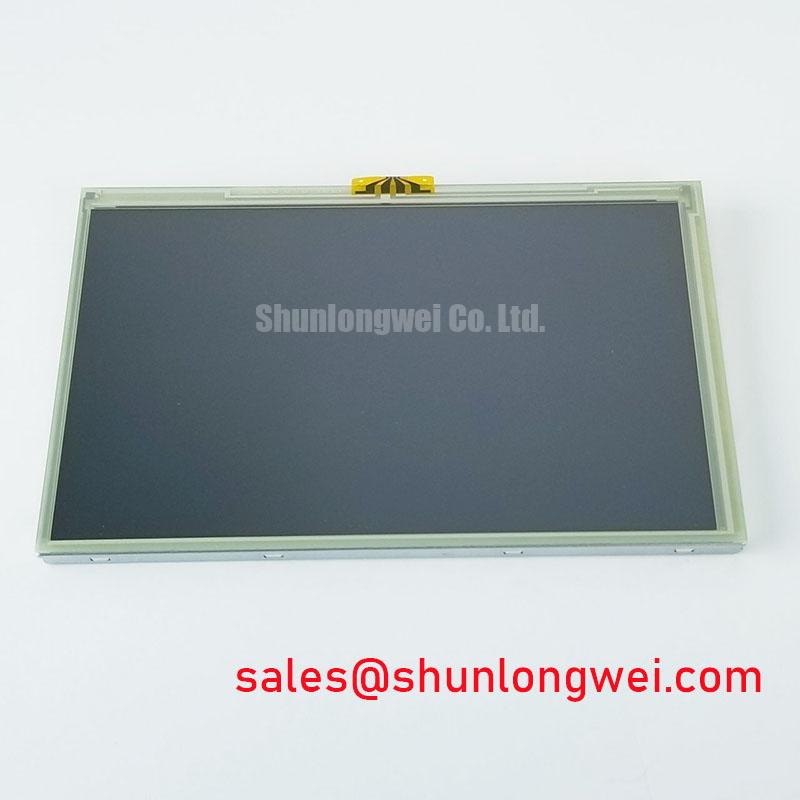SKKD 100/12: A High-Reliability Rectifier Diode Module for Demanding Power Applications
Introduction to a Robust Power Conversion Cornerstone
The Semikron SKKD 100/12 is a SEMIPACK® 1 rectifier diode module engineered for exceptional reliability and thermal performance in high-power systems. Delivering a robust 1200V reverse voltage and 100A average forward current, this module leverages a construction with hard soldered joints and an isolated metal baseplate for superior longevity. It excels in applications requiring stable and efficient rectification, directly addressing the engineering need for durable components in industrial power conversion. For systems requiring higher current handling or different voltage classes, related modules such as the SKKD162/16 provide alternative specifications within the same housing concept. This module is the optimal choice for non-controllable and line rectifiers where long-term operational stability under significant thermal load is a primary design criterion.
Application Scenarios & Value
System-Level Benefits in Industrial Rectification and Motor Drives
The SKKD 100/12 is specifically designed for the demanding environments of industrial power conversion. Its primary applications include non-controllable rectifiers for AC/AC converters, line rectifiers for transistorized AC motor controllers, and field supplies for DC motors. The engineering challenge in these applications is often managing both electrical stress and thermal dissipation to ensure long-term system reliability. The SKKD 100/12's design directly confronts this challenge through its use of an aluminium oxide ceramic isolated metal baseplate, which provides efficient heat transfer away from the diode junctions. This thermal efficiency is crucial in applications like a variable frequency drive (VFD), where the rectifier front-end is subject to continuous high currents. Efficient heat dissipation prevents overheating, thereby extending the operational life of the entire drive system and reducing the total cost of ownership.
Key Parameter Overview
Decoding the Specs for Enhanced Thermal Reliability
The performance of the SKKD 100/12 is defined by key electrical and thermal parameters that are critical for system design and evaluation. The specifications below highlight its suitability for robust power rectification tasks. Its thermal resistance (Rth(j-c)) of 0.35 K/W per diode is a testament to its efficient thermal design, allowing for more compact heatsink solutions. This value represents how effectively heat is transferred from the semiconductor junction to the case; a lower number signifies better performance. Imagine it as the width of a pipe for heat—the wider the pipe (lower the resistance), the more heat can flow out easily, keeping the component cool and reliable.
| Parameter | Symbol | Value | Unit | Conditions |
|---|---|---|---|---|
| Repetitive Peak Reverse Voltage | VRRM | 1200 | V | - |
| Average Forward Current | IFAV | 100 | A | sin. 180; Tc = 85 °C |
| Peak Forward Surge Current | IFSM | 2500 | A | Tvj = 25 °C; 10 ms |
| I²t Value | I²t | 31250 | A²s | Tvj = 25 °C; 8.3 ... 10 ms |
| Forward Voltage (max) | VF | 1.35 | V | Tvj = 25 °C; IF = 300 A |
| Thermal Resistance, Junction to Case | Rth(j-c) | 0.35 | K/W | Per Diode |
| Operating Junction Temperature | Tvj | -40 to +125 | °C | - |
Download the SKKD 100/12 datasheet for detailed specifications and performance curves.
Technical Deep Dive
A Closer Look at the Hard Soldered Joints and Isolated Baseplate for Long-Term Reliability
The reliability of a power module is fundamentally linked to its construction. The SKKD 100/12 incorporates two key design features that ensure its robustness: hard soldered joints and an aluminium oxide ceramic isolated baseplate. Hard soldering, which uses alloys with higher melting points than conventional soft solders, creates a much stronger and more durable bond between the semiconductor die and the substrate. This is critical for power cycling capability. In an application like a battery charger or a DC motor field supply, the module experiences repeated temperature swings. Hard soldered joints resist fatigue and cracking far better than soft solders, preventing premature failure and ensuring a long operational lifetime. This is analogous to using a weld instead of glue for a high-stress mechanical joint; the former provides superior integrity under repeated stress.
Furthermore, the electrically isolated baseplate simplifies thermal management. It allows the module to be mounted directly to a common heatsink without the need for additional, often thermally inefficient, insulating layers. This not only improves the overall thermal performance of the system but also streamlines the assembly process, reducing manufacturing complexity and cost. The combination of these features makes the Semikron SKKD 100/12 a highly reliable component for building resilient power conversion systems.
Frequently Asked Questions (FAQ)
What is the primary benefit of the SKKD 100/12's SEMIPACK 1 housing?
The SEMIPACK 1 is an industry-standard housing, which simplifies mechanical integration and allows for straightforward replacement or second-sourcing in existing designs. Its screw terminals ensure secure and reliable electrical connections.
How does the 2500A peak forward surge current (IFSM) rating benefit my design?
This high surge current rating ensures the module can withstand significant inrush currents, such as those occurring during the startup of large AC motors or the charging of large capacitor banks in a DC power supply, enhancing system ruggedness and preventing catastrophic failure during abnormal events.
What does the dual series diode configuration enable?
The dual series, or half-bridge, configuration is highly versatile. It can be used as a center-tap rectifier in single-phase applications, as two legs of a three-phase bridge rectifier, or for freewheeling diode functions in various converter topologies. This flexibility allows designers to use a single part number across multiple designs.
Is the SKKD 100/12 UL recognized?
Yes, the module is UL recognized under file no. E 63 532, which simplifies the safety certification process for the end equipment in which it is used.
How does the aluminium oxide ceramic baseplate contribute to reliability?
The ceramic baseplate provides excellent electrical isolation (up to 3000V~) while maintaining good thermal conductivity. This prevents electrical shorts to the heatsink and ensures efficient heat removal, both of which are critical for safe and long-term operation.
Engineer's Perspective
From a design engineer's viewpoint, the SKKD 100/12 is a foundational component that prioritizes reliability and straightforward implementation. Its robust thermal design, evidenced by the low junction-to-case thermal resistance, and its construction with hard soldered joints provide confidence in its long-term performance, particularly in applications with frequent thermal cycling. The industry-standard package and UL recognition streamline both the physical design and the administrative aspects of product development. This module is not about cutting-edge switching speeds but about providing a dependable, thermally sound rectification solution that forms the backbone of countless industrial power systems. For more detailed insights into selecting the right power module, exploring resources on voltage, current, and thermal management can provide valuable context. It's a workhorse component designed for longevity and stability, backed by the trusted engineering of Semikron Danfoss.

